We have grown our own flax field and with the help of some farmer neighbours we have learned a lot and managed to produce our own high quality linseed oil.
After cold pressing the linseed's we clean the oil by shaking it with water. This causes unwanted fats to form a layer which makes it possible to extract the clean oil that sits on top.
After the cleaning process we pour the oil in to bottles and store it for a year in the sun to get rid of the last impurities.
We use our linseed oil in all our surfacing such as our oil wax and egg oil tempera.
Read more about what happens with the linseed oil in our egg oil tempera >> here or in our oil vax >> here
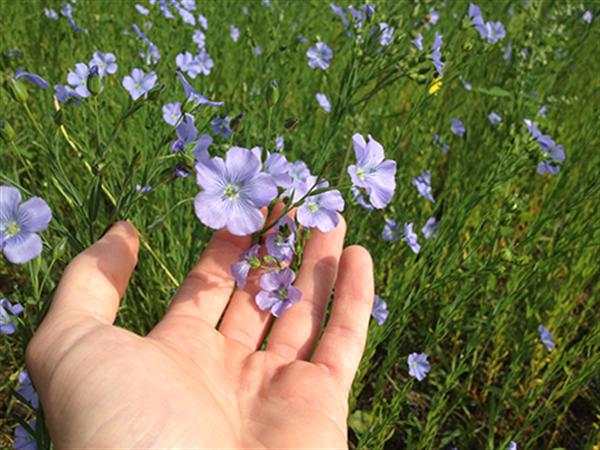
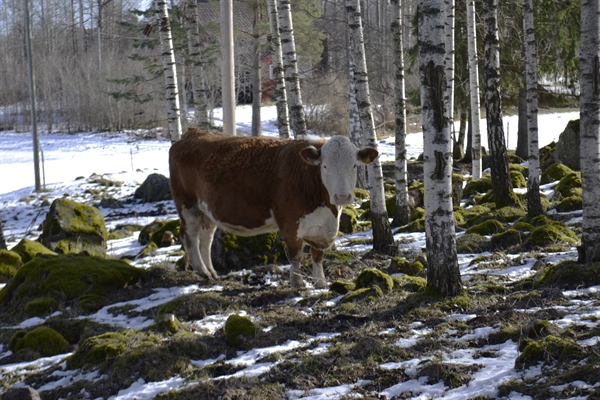
Our leather are of finest quality and form an important part of our material palett and of our furnitures Seven Dome and Spring.
Breed bulls and milk cow’s lives longer than ordinary cows that are held for meat. This longer lifespan makes their hides grow thicker which is just what we need.
The hides are collected and marked with its origin and are then brought to Tärnsjö tannery for the vegetable tanning process.
Together with Tärnsjö Tannery we have developed a process that gives extraordinary rigid and strong leather. The hides are then punched with our special punch templates into various lengths and shapes.
Pine is after spruce Sweden’s most common tree, and the tree we by far use most of. It is a light loving tree that grows all over Sweden and it has a marked difference between pine heartwood and sapwood.
The heartwood is saturated with resin and therefore has a darker colour, this can be seen in some of our natural surfaced Seven and Dome tables.
Pines often grow very straight and the wood is easy to work with as the fibers are straight with none of the irregularities that is often present in birch.
The roots of pine digs deep into the ground as they often have a taproot which makes it a strong and storm resistant tree. It’s also these forces we fight with when we tear up the roots to make our carbon black pigment, a job that is also a really good workout.
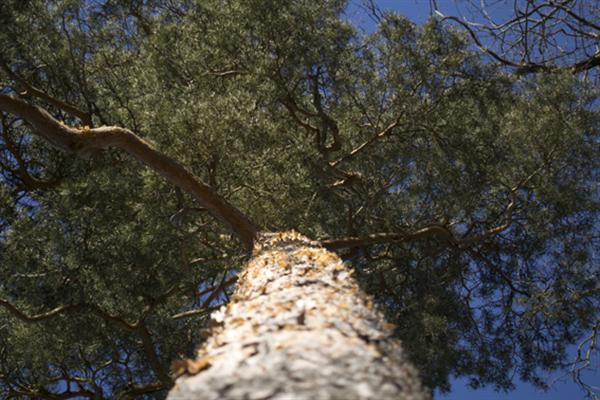
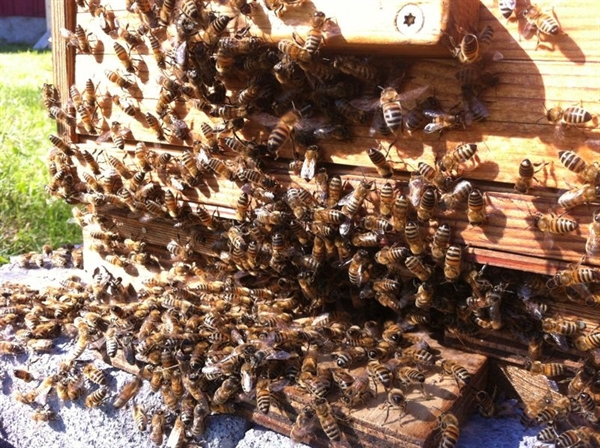
We keep our own bees and collect the cappings beeswax when it is time to harvest the honey. The cappings beeswax is the wax that seals the chambers when it is full with honey.
By just taking the cappings wax we don't pressure the hive to fill the whole frame with new wax before filling it up with honey again. After harvest the frame is put back in to the hive again.
The wax is melted and rinsed in a water bath and then mixed with linseed oil to create the oil wax that we surface our furniture with. Bees are great pollinators and by having a beehive we enhance the number of successful pollinations and by that increase the production of fruits and flowers and therefore also the biodiversity.
Read more about how we process our linseed oil >> here
The eggs we use in our egg oil tempera comes from a local breed of hens called Hedemora-hens that are kept right next to our workshop not far from the farm.
Egg is as an emulsifier which allows the oil and water to mix and this is the secret behind egg oil tempera. To make it we start with mixing the linseed oil with the carbon black. It mixes well since the carbon black is very fat as well as the oil.
The oil is then poured in to the eggs while stirring. The last step is to add the water, this needs to be done in small amounts at the beginning and under heavy whisking.
Read more about our linseed oil >> here and our carbon black >> here
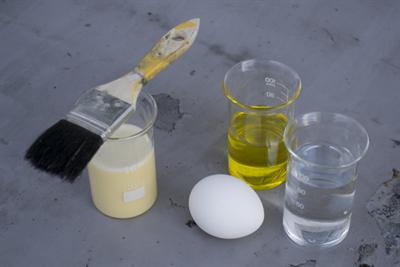

In Sweden we have two different kinds of birch, downy birch and silver birch. The two species was long considered to be two subspecies of the same species, but it is now clear that they are two different species. As the difference between them are small and hard to determine they are both commonly called birch.
Birch is Sweden’s most demanding tree when it comes to sunlight, it wants loads of it. As it also lets a lot of sun through its crown so that other trees can live in its shadow. The birch is a pioneer which means that it’s often the first tree to grow on “new” land after for example a fire or a clear cutting.
We use birch in our candle holder Dawn and in our bench Spring as it’s a bit harder and tougher than pine and therefore suitable for sitting furniture.
Carbon black is a pigment that has been used through out time. To make our carbon black we burn stubs from pine. The stups sit in the ground for approximately 40 years after the tree has been cut down and it impregnates itself with resin.
We tear them out of the ground using a tripod, handcraft and chain block. The stubs are cut into smaller pieces, dried and burned in our “carbon black machine“ constructed of a drawing form the 19th century. When the machine has cooled down we harvest the pigment by brushing it of the inside walls.
Read more about what happens with the carbon black in our egg oil tempera >> here
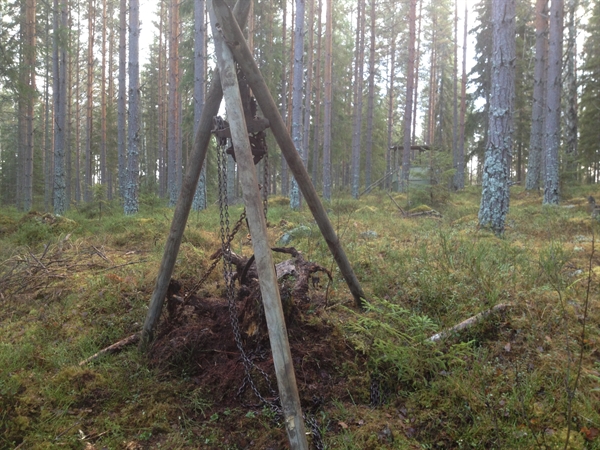
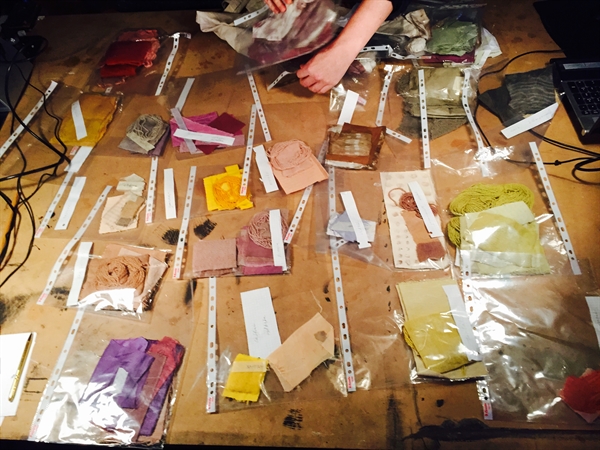
Lith Lith Lundin spends a lot of time experimenting to find new materials and methods that we can work with within our 50 km radius. This work usually starts with a research phase and as soon as possible going into a test/prototype phase to see if our thoughts and beliefs correspond with reality.
It is mostly low-tech trial and error at the beginning but as soon as the material starts to get "ready" we try to modernize the methods to make it more efficient and less time consuming.
The experiments are very important to us in order to make the most out of our limited area and to constantly evolve and move forward.